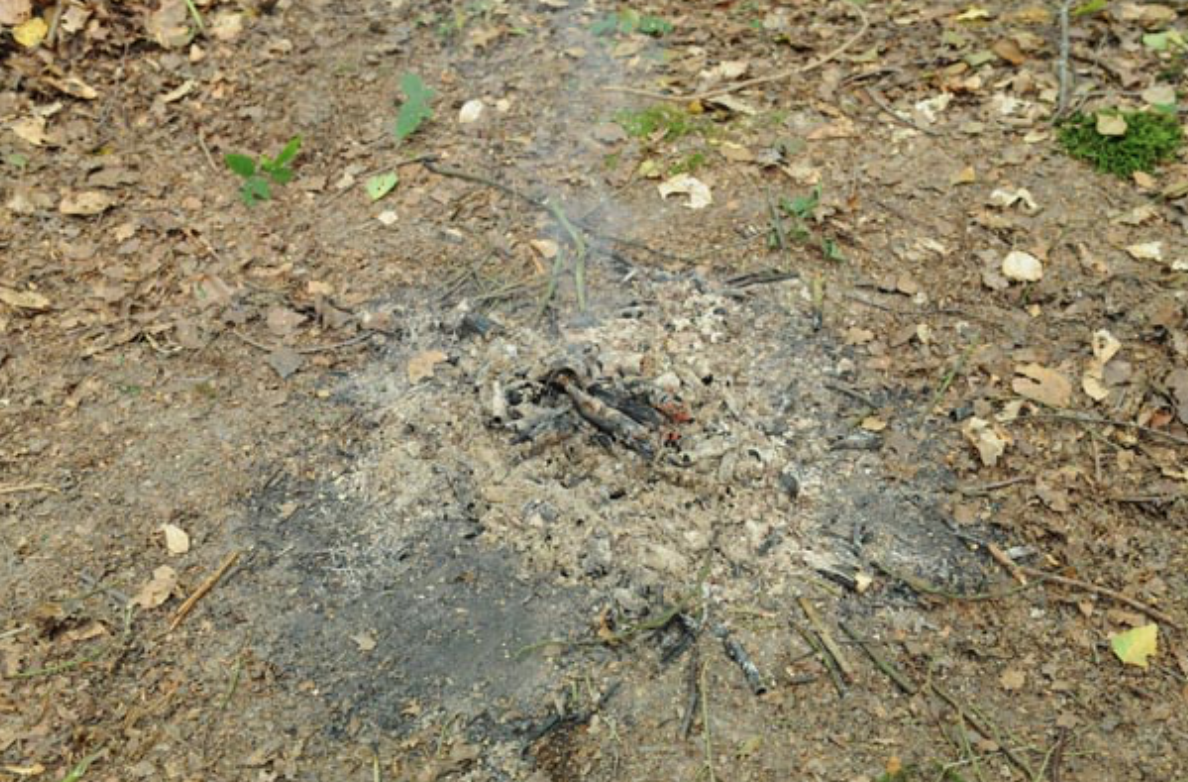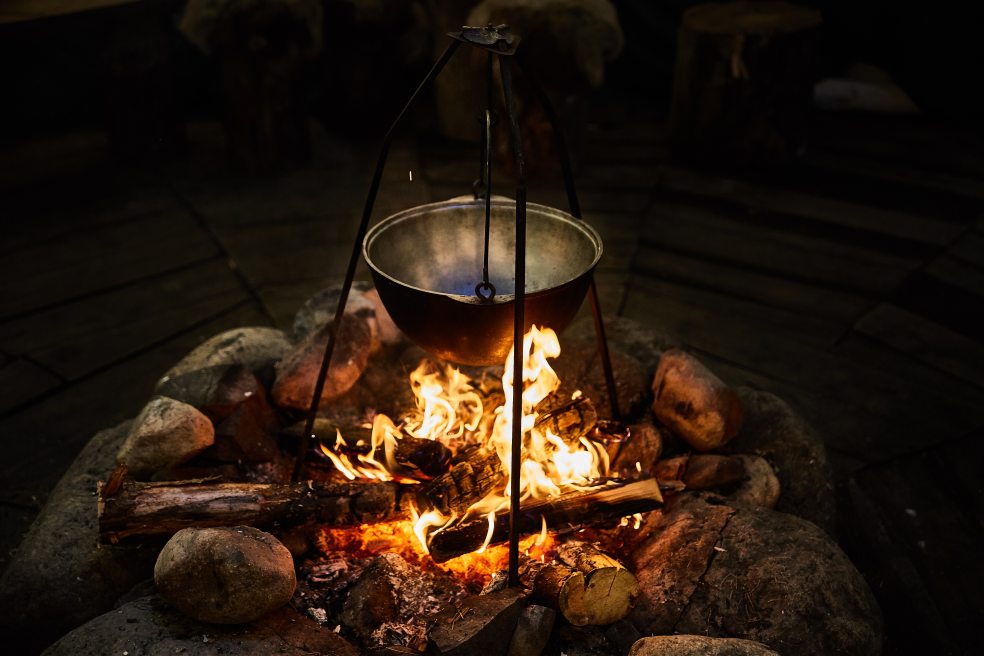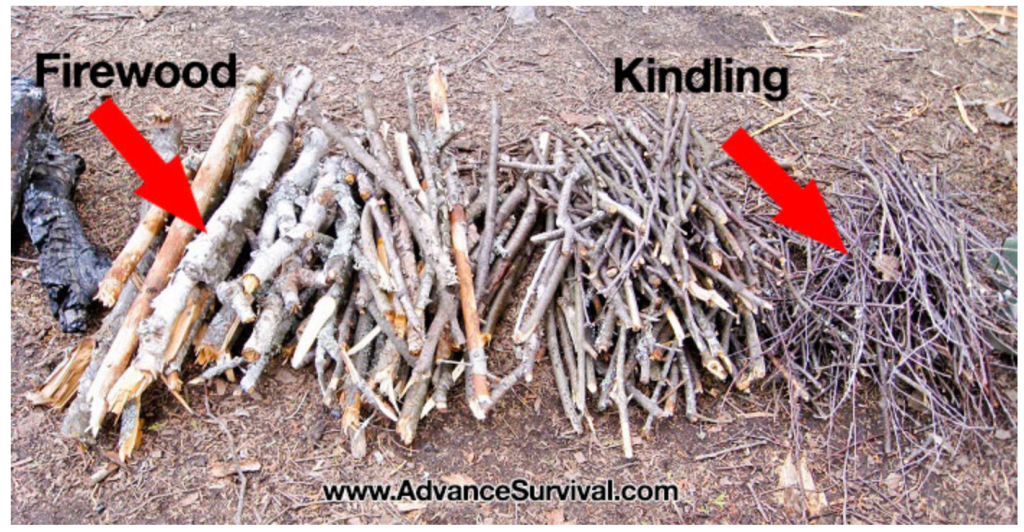
Who does not enjoy the beautiful warmth of soft crackling campfire at night while toasting marshmallows to perfection with all the stars out ? I’m here to teach you the best techniques in order to have a efficient, long lasting, safe campfire experience.
Facts About Campfires
When Did the First Campfire Start ?
According to Levin (2005), campfires could have been built by Australopithecus robustus and Homo erectus about 1.5 million years ago in the caves of South Africa.
How Hot Are Campfires?
According to Gabriella (2018), most campfires will start around 572 Fahrenheit, depends on the word that you use. Then once the gases start to burn which will increase the temperature to 1,112 degrees Fahrenheit. Lastly, once the wood turns into ashes and charcoal, the temperatures is massive 2,012 degrees Fahrenheit.
What are campfires used for
- Cooking
- Warmth
- Light source
- Story telling
- Keeps bugs away because of the smoke
- You can boil water to make the water safe to drink.
- Keep predators away because of the light source.
- Smoke signals for search & rescue.
- Dry wet clothes
Here are four steps to build a campfire
Step 1. Build fire Bed
The first step, we need to build a fire bed. A fire bed is fundamental for safety because fire Bed will help keep the fire contain in a very tiny designated area that will greatly help prevent the fire from spreading. Always think safety when building a fire or even being around a fire (McKay & McKay, 2019). The first process is we need to locate a designated area that you can build a campfire. Most forest preserves or national parks will have designated campsites. You will most likely see a firepit that already been made by the park rangers. But if you are camping in area that lacks fire sites which is a rugged area. You will need to make your own firepit. Always build away from bushes, trees, and any plant materials. You want to build your fire bed on bare earth if possible (McKay & McKay, 2019). Also, do not build your fire next to any tents or combustible items (Priest & Simo).If there are not any bare areas that you could use, you can make your very own. You want to dig and rake away any plant material that could catch on fire easily like bark, branches, and dry grass. Once you have made a bare area, you need to build your fire bed. You need to gather dirt around your areas and place the dirt in the middle of the cleared areas. Then create a “platform” with the dirt that is 3 to 4 inches thick! (McKay & McKay, 2019). Look at the photo below to see how this should look.
Step 2. Gather your wood
Now that you have built your fire bed. You need to gather tinder, kindling, and fuel wood in order to keep your campfire alive.
Tips to memorize before gathering your wood. Make sure that all of your burning material is dry. Remember water and fire are not friends! Also, you want to collect wood that will break easily. Next, if your wood is green or bends easily this means the wood is wet. The last tip, you can never have enough of kindling, fuel wood and tinder.
All of three materials can burn really fast (McKay & McKay, 2019).You will need tinder to help get your campfire starting.
Tinder can easily catch on fire but remember tinder will burn super-fast. Tinder consists of fungi, dry grass, dry leaves, and dry bark. You can also bring lint from your dryer to use as tinder (McKay & McKay, 2019).




Next you will need kindling to back up your tinder because tinder burns fast. Kindling will prevent your flame from burning out easier. Kindling consists of mostly two things. Small twigs and branches! The key thing to remember that twigs and branches should have the width of a pencil. If there only wet twigs and branches around you. You can use handy dandy pocketknife to whittling the outer layer away (McKay & McKay, 2019).
Lastly, we have fuel wood. Fuel wood is your main fuel for your fire. This wood will keep your fire burning hot and alive. Fuel wood looks like those logs or branches that is wide as your forearm or wrist (McKay & McKay, 2019).
Seven woods that are good for burning:

Step 3. Lay your fire
:Here are two ways you can lay your fire:
Teepee Fire
You want to take your tinder and put the tinder in the middle of the campfire site. Then you want to build a teepee formation with some kindling right above your tinder. Remember to leave an opening in the direction of the wind because this will let your fire get the much-needed air to help with the flames blow onto the kindling. Next, you need to add more kindling to the teepee. You will work your way up with kindling that is the size of “pencil sized twigs.” Then you want to make an even larger teepee structure by using the fuel wood around the kindling. Now we need to lite up this Teepee. Place a match right under the tinder because this
will direct the flames to go up. The last thing to remember that your teepee structure will fall. You can basically add more fuel logs right away before the whole fire stops burning.

Lean-to Fire
First, get a long piece of kindling. Stick the kindling in the ground at a slope of 30-degrees. Make sure the end is pointing towards the wind. Next, You want to get some tinder and place the tinder right underneath the “support stick.” After that, you will need some small kindling pieces that will go around the tinder nest. Fourth, you need to place some small kindling right against stick that is stuck in the ground. Then add another layer of kindling but make sure the pieces are bigger. The last step is light the tinder. Just throw your match smartly at the campfire and watch it start burning.

What Can You Use to Start a Campfire?
According to McKay, there are nine ways to start a fire if you do not have a match. Here are three of those ways.
Bow Drill method
Batteries and Steel Wool method
Flint and Steel Method
Step 4: Put out your fire correctly and rebuild the land


(Kirtley, n.d.)
If, I am going to explain how to put out a fire. You need to understand why you cannot leave a campfire anytime and why you need to put it out correctly. According to Gabriella (2018), 60,932 wildfires started because of humans which burned 4 million acres.
If you want to prevent a bonfire from turning into wildfire you need to follow these steps.
First, you want to start early if you want to put out a campfire. The process can take around 20 minutes of your time (McKay & McKay, 2019). First, if can get bucketful of water near your campsite, this key because you do not want to walk away from the campsite because a fire could start out of the fire bed. You do not want to pour water onto the fire because someone might want to use this pit later on. You can sprinkle as much water onto the embers and charcoal until they are out (McKay & McKay, 2019). While you are sprinkling water over the embers and charcoal, you should use a longer stick or shovel. This will help to make sure everything gets wet. If, you are doing this correctly, you not see any steam and will not anymore noises which means you are close to almost knock outing the fire (McKay & McKay, 2019). There might not be any water around, so you will need to shovel sand or dirt onto the firepit to bury all the embers (Munoz, 2018).
Next, you want to make sure that you cannot feel any more heat from the fire. You want to use the back of your hand near the ashes but do not touch the ashes. If you do feel any heat, repeat the process until there is not anymore heat. (McKay & McKay, 2019).
Then, you should leave the land in the original condition or better if you can. If you made a fire bed, you want to clean that up. Patch up the ground, by replacing the dirt with new dirt and sod. Also, you should scoop the ashes in a bag. Lastly, spread them around the campsite (McKay & McKay, 2019).
Thank you for looking at my blog By Trent Miller
Works Cited
AllOutDoor. (2015, February 13). Chart: Type of Woods to Burn for Camping. Retrieved from Alloutdoor: https://www.alloutdoor.com/2015/02/13/chart-type-woods-burn-camping/
Average Midwest Outdoorsman. (2016, May 22). How To Start A Fire With A 9V Battery & Steel Wool. Retrieved from Youtube: https://www.youtube.com/watch?v=ZNY9wgWYXjo
Foster, R. (2015, May 3). How to Build A Campfire. Retrieved from Summercampsecrets: https://summercampsecrets.org/2015/05/03/how-to-build-a-campfire/
Howcast. (2010, July 20). How to Make Fire with a Bow Drill. Retrieved from Youtube : https://www.youtube.com/watch?v=ETzcTwxLx3M
Kirtley, P. (n.d.). HOW TO LEAVE NO TRACE OF YOUR CAMPFIRE. Retrieved from Paul Kirtley’s Blog: http://paulkirtley.co.uk/2011/how-to-leave-no-trace-of-your-campfire/
McKay, B., & McKay, K. (2019, September 17). How To Build a Roaring Campfire. Retrieved from Artofmanliness: https://www.artofmanliness.com/articles/how-to-build-a-roaring-campfire/
Munoz, G. (2018, April 26). How Hot Is a Bonfire? Retrieved from Sciencing: https://sciencing.com/hot-bonfire-8770.html
PSKOOK go. (2018, September 11). PSKOOK Flint and Steel Striker Kit. Retrieved from Youtube: https://www.youtube.com/watch?v=8ARDE_WAis8
Scout Society. (n.d.). Fire Portal. Retrieved from Scoutsociety : http://www.scoutsociety.org/repository/fire-knife-axe/fire.html
Priest, Simon. Effective Leadership in Adventure Programming. Human Kinetics. Kindle Edition.


